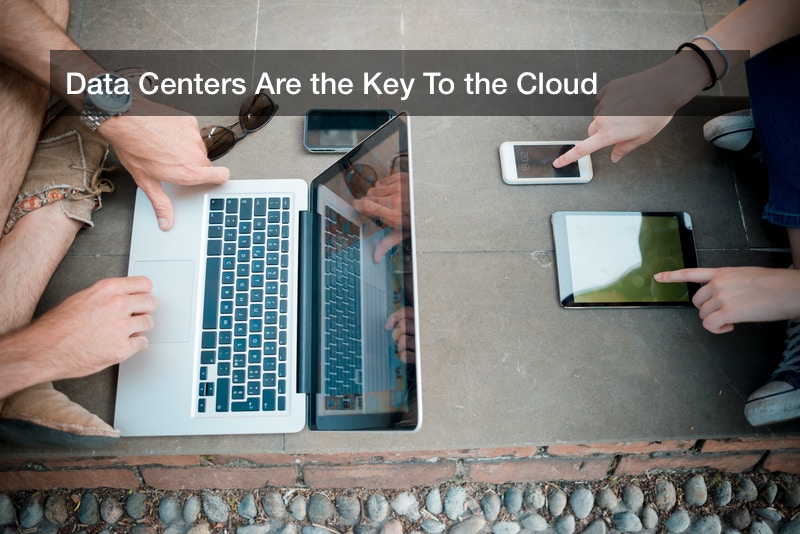Data Centers Are the Key To the Cloud

When you send an email, post on social media or even take a photo on your phone, that information goes through what’s called “the cloud” to get to its destination, whether that be someone’s inbox, Facebook page or a photo-storing site. The cloud is the colloquial name given to all the servers everywhere in the world that help power the internet. We’ve gotten to the point now where about one-third of all data in the entire world goes through the cloud, and that number is only going to grow, as people look to convenient ways to store and back up data. To handle all of this data, companies are continually building more and more data centers. These data centers, with their rows upon rows of servers, are an integral part of the cloud.
There are essentially three types of data centers. There are small data centers used for a specific purpose, such as backing up the data of a business or government agency. There are large data centers used by companies that do a lot of cloud computing, including the Amazons and Facebooks of the world. And there are third-party data centers that store and transmit data for smaller organizations that can’t afford or don’t have the need for their own data centers.
One of the biggest factors in data centers is data center energy management. Data centers have a power density that is about 100 times that of a large office building. Because they are little more than server farms running 24 hours per day, data centers generate a lot of heat and need to be cooled. Older data centers used water for this process, which is expensive and also not all that environmentally friendly. Newer data center energy management strategies use air for data center cooling, which is cheaper and also less of a burden on the environment.
The data center construction market is going to continue to be robust, not only with the need for new data centers, but also because older data centers need to be retrofit to keep up with technological advances in data center software. The practical life of a data center is about nine years, although some are out of date after seven years.
With the world driven by the internet for the foreseeable future and cloud computing continuing to grow, data center services are going to continue to be vital.
